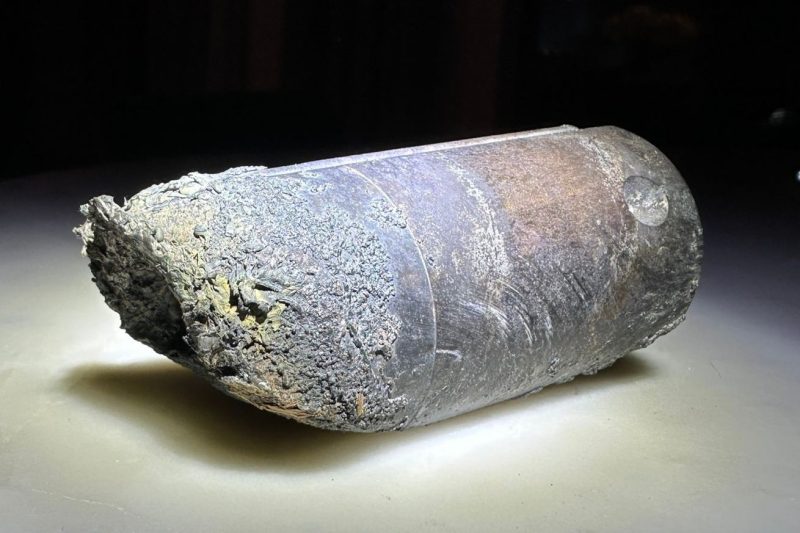In recent years, the issue of space debris has become a growing concern for space agencies, companies, and researchers alike. As humanity continues to explore and utilize space, the amount of waste orbiting our planet has increased significantly. This accumulation of defunct satellites, spent rocket stages, and other debris threatens not only existing space missions but also the sustainability of space exploration in the long run.
One of the primary reasons for the growing problem of space debris is the sheer volume of objects launched into space over the years. Satellites, spacecraft, and rockets have been launched for communication, navigation, scientific research, and national security purposes. However, once these missions are completed or the equipment malfunctions, these objects are left drifting in space, adding to the clutter of debris surrounding Earth.
A key concern with space debris is the potential for collisions. As more objects populate Earth’s orbit, the risk of collisions increases, creating a cascade effect known as the Kessler Syndrome. When two objects collide, they break apart, creating thousands of smaller pieces that can go on to collide with other objects, creating even more debris. This chain reaction could eventually render certain orbits unusable and pose a threat to active satellites and missions.
Efforts to mitigate the problem of space debris are underway, with various organizations developing strategies to address this growing concern. Some proposed solutions include actively removing debris from orbit using robotic systems or implementing regulations to ensure that satellites and rockets are deorbited at the end of their missions. The goal is to prevent further accumulation of space debris and protect access to space for future generations.
Furthermore, advancements in technology, such as autonomous systems and artificial intelligence, are being leveraged to track and monitor space debris more effectively. By improving our ability to detect and predict the movements of objects in orbit, we can better avoid potential collisions and safeguard critical space assets.
In conclusion, the issue of space debris is a significant challenge that requires collaborative efforts from governments, space agencies, commercial entities, and the scientific community. As we continue to expand our presence in space, it is crucial that we address the problem of space debris to ensure the sustainability and safety of space activities. By adopting proactive measures and innovative technologies, we can work towards a cleaner and more sustainable space environment for future generations to explore and thrive.

